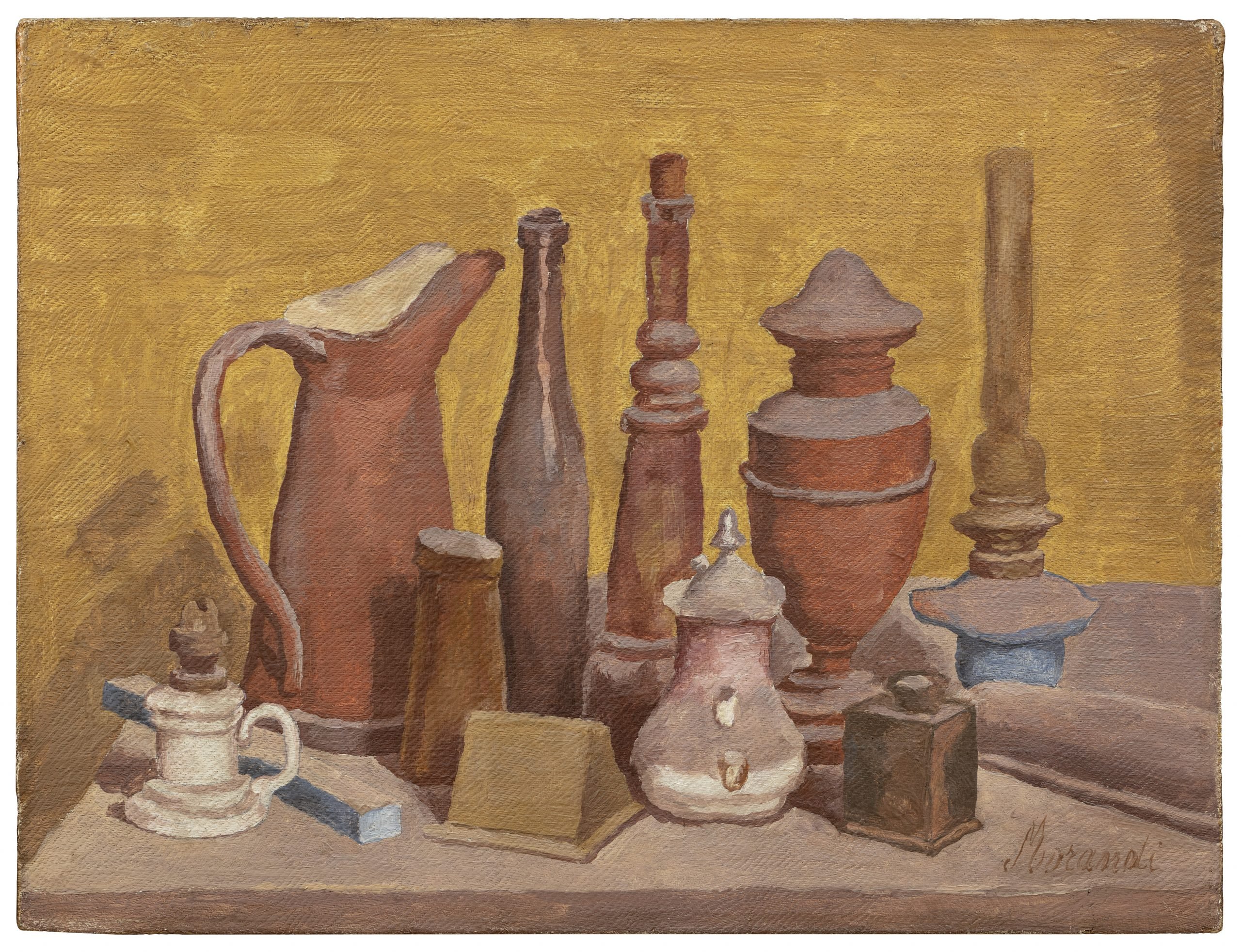
Debuting this week at Galleria Mattia De Luca on New York’s Upper East Side, “Giorgio Morandi – Time Suspended II” is the second of a two-part project which was begun at the gallery’s Rome location in 2022. The present show marks the artist’s most significant in the U.S. in roughly two decades, featuring over 60 works from across Morandi’s career. It also coincides with the 60th anniversary of the artist’s death, highlighting the continuing relevance and importance of Morandi’s oeuvre.
On view September 26–November 26, 2024, the exhibition is curated by Mattia De Luca in partnership with Marilena Pasquali, who is the founder and director of the Giorgio Morandi Study Center in Bologna. The works included were meticulously drawn from a range of important private and institutional collections from around the world, dating between 1913 and 1964, and the resulting selection speaks to the breadth, scope, and evolution of Morandi’s singular practice. Also included are a number of works that have never been on view in New York, making it a historic moment and opportunity for visitors.
Giorgio Morandi, Natura morta (1951). Private Collection, Italy. Photo: Marco Ravenna.
“Morandi’s work has never felt more relevant as we navigate our own periods of uncertainty and challenge,” said De Luca. “It is an ideal moment to bring together a retrospective look at his career to deepen our understanding of his genius and ongoing influence. As we commemorate 60 years since Morandi’s passing, we are delighted to bring the second half of this landmark examination to New York and share his work with an international audience.”
Giorgio Morandi, Natura morta [Still Life] (1954). Private Collection, Italy. Photo: Daniele Molajoli.
Speaking of the singularity of Morandi’s practice and artistic vision, Pasquali noted, “Placing reality in parentheses to better experience it, viewing it through the inverted telescope and filter of art. Distancing oneself from the world in order to inhabit it, to accept it without losing autonomy of thought or humanity in behavior. Embracing the necessity of listening, the appeal of suspension, and the need for detachment. Rarely has an artist conveyed all of this as effectively as Giorgio Morandi, with his compositions of objects, glimpses of nature, and silk flowers—images that seem so ‘neutral’ yet are, in reality, so powerful, so empty of people, and yet so full of humanity.”
Giorgio Morandi, Natura morta (1960). Collezione Augusto e Francesca Giovanardi, Milano. Photo: Alvise Aspesi.
Morandi experienced significant success in his lifetime, which has continued posthumously, with his work included in museum collections worldwide, including the Museum of Modern Art, New York; the Peggy Guggenheim Collection, Venice, and the Hermitage Museum, St. Petersburg. The influence of his practice has been cited by such contemporary artists as John Baldessari, Vija Celmins, and Wayne Thiebaud, and the present exhibition makes manifest his enduring legacy, and brings to both longstanding and new followers of Morandi’s work a comprehensive look at his inimitable oeuvre.
“Giorgio Morandi – Time Suspended II” is on view at Galleria Mattia De Luca, New York, September 26–November 26, 2024.